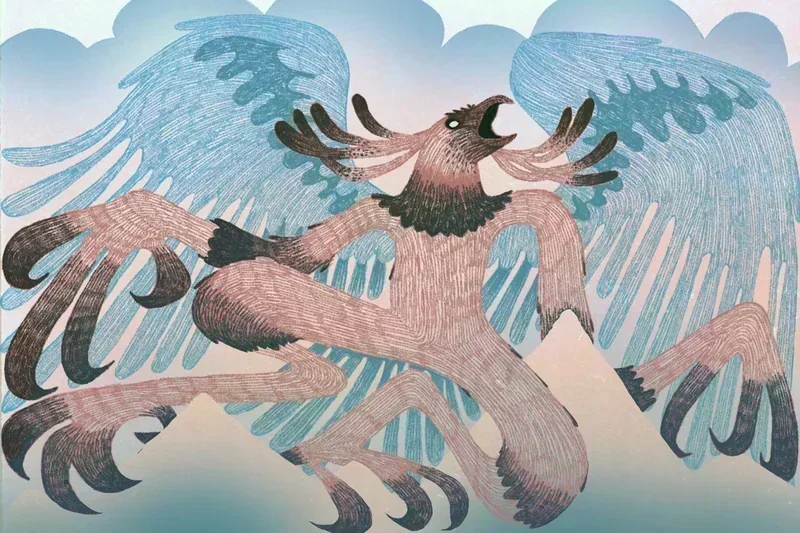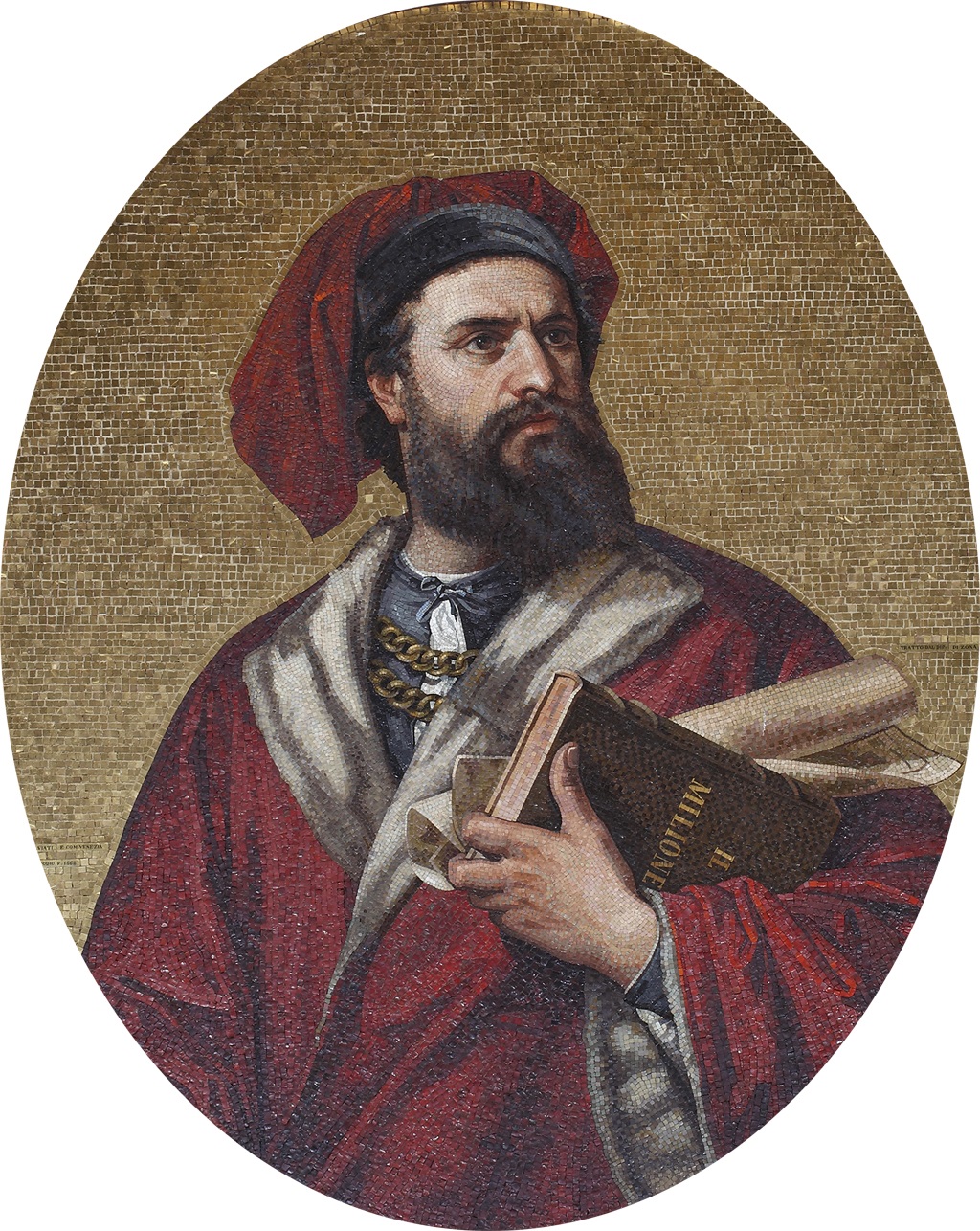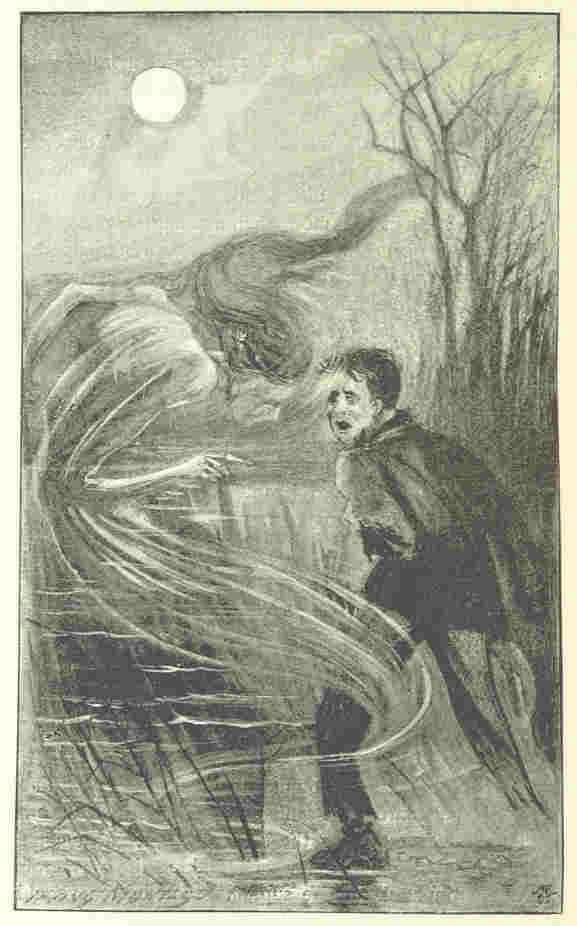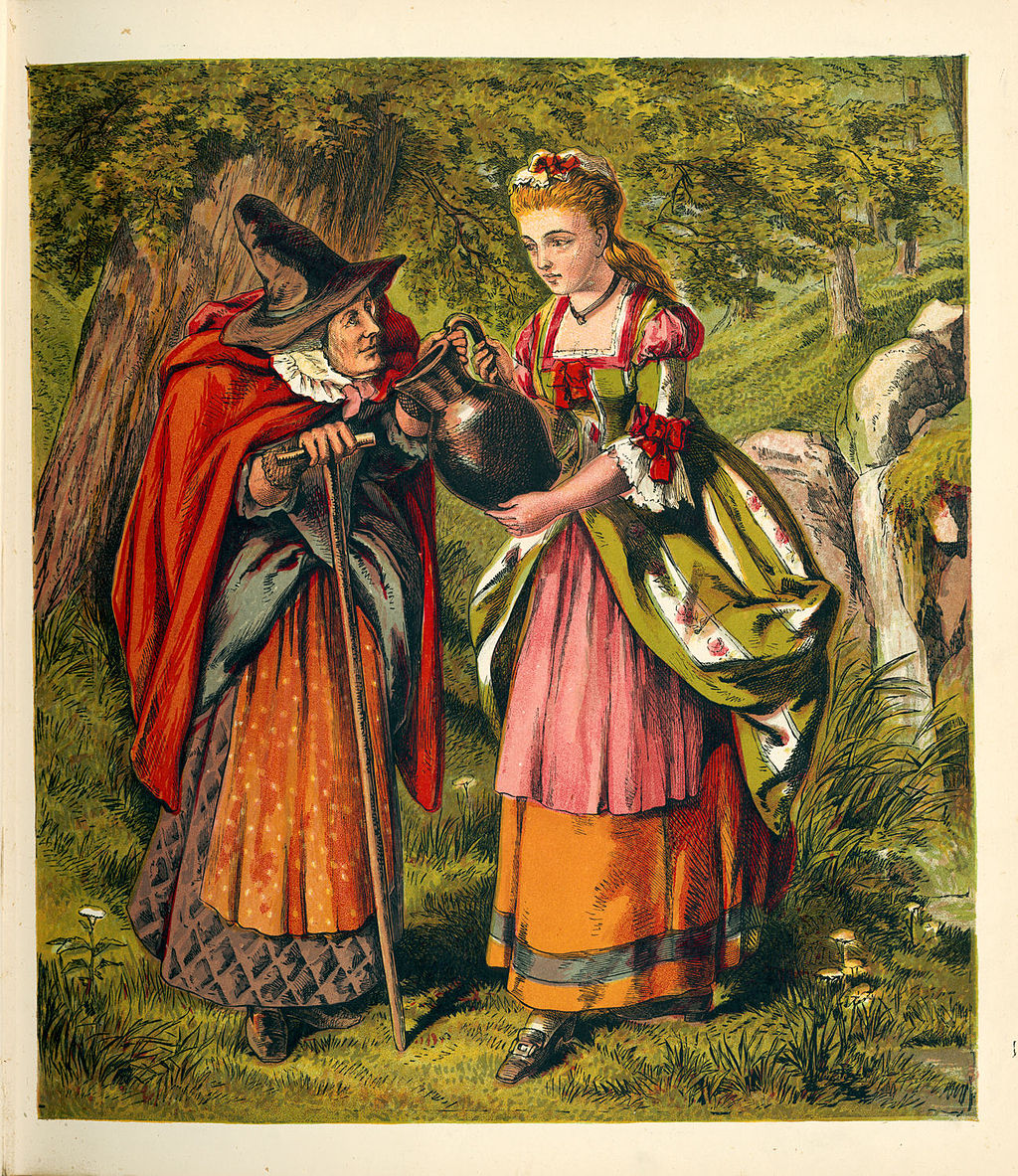Pamola

Pamola (variously known as Pamolai, P-mol-a, Pomola, or Bmola) emerges from Abenaki mythology as a powerful bird spirit associated with cold weather phenomena. This formidable entity holds particular significance within the spiritual tradition of the Penobscot tribal nation.
According to Penobscot belief, Pamola dwells atop Katahdin, Maine's highest mountain peak. Revered as both thunder god and mountain guardian, this spirit is depicted with a striking hybrid form—possessing a moose's head, a human body, and an eagle's wings and talons. This fearsome appearance mirrors Pamola's dual nature in Penobscot culture, where the spirit inspired both profound fear and deep reverence. Indeed, Pamola's presence served as the primary reason why ascending Katahdin was traditionally considered forbidden.
Pamola was known to harbor intense hostility toward human trespassers who dared venture into his elevated domain. This supernatural prohibition effectively rendered the mountain off-limits to those below. Henry David Thoreau, documenting his August 1846 explorations of the Penobscot River and Katahdin, observed: "Pomola is always angry with those who climb to the summit of Ktaadn." Popular legend further suggested that Pamola captured intruders, condemning them to eternal imprisonment within the mountain's realm.
The spirit's legacy endures through various commemorations. Pamola Peak, situated at the eastern extremity of Katahdin's treacherous Knife Edge ridge, bears the spirit's name. The Boy Scouts of America's honor camping society, the Order of the Arrow, maintains a "Pamola Lodge" and frequently incorporates the spirit's image in its official insignia. Roy Dudley, among the most celebrated early guides on Katahdin, became renowned for entertaining hikers with colorful campfire stories featuring the mountain's legendary guardian.


